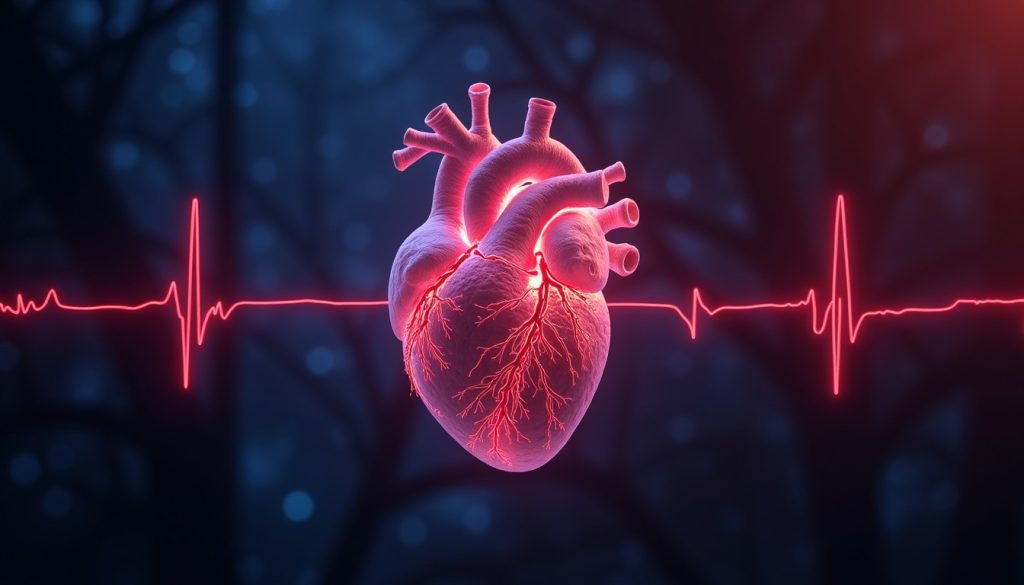
Cardiac Angiosarcoma : Research, Survival Breakthroughs, & Hope
Cardiac angiosarcoma remains one of oncology’s most aggressive and least understood cancers, but 2025 has brought critical advancements in early detection and treatment. With an updated incidence rate of 0.002%–0.035% (per 2025 WHO data), this tumor’s lethality persists—yet emerging therapies are shifting survival trends for the first time in decades. This blog dives into 2025-specific research, including: First FDA-approved targeted drug for cardiac sarcomas (March 2025) AI-assisted early diagnosis tools now in clinical use Updated median survival rates from global registries 2025 Spotlight: Why Early Detection is Finally Improving Historically, >60% of cases were caught post-metastasis, but two 2025 developments are changing this: AI-Powered Echocardiography Johns Hopkins’ “CardioDetect AI” (cleared by FDA in Jan 2025) flags subtle wall motion abnormalities with 92% sensitivity—up from 65% with human analysis alone. Now deployed in 40+ U.S. hospitals. Liquid Biopsy Breakthroughs Guardant Health’s SarcomaSeek (launched Q2 2025) detects circulating tumor cells in blood with 88% accuracy for Stage I/II angiosarcoma. Treatment Advances in 2025 1. Surgery & Radiation: Precision Upgrades Robotic-assisted resections (using Da Vinci XI) reduced perioperative mortality by 30% in a 2025 Annals of Thoracic Surgery study. Flash Proton Therapy (Europe’s HITRIplus trial) now delivers tumor-killing radiation in <1 second, sparing healthy tissue. 2. First Targeted Drug: Telisotuzumab Vedotin Approved March 2025 for CD56+ vascular sarcomas after a 47% response rate in Phase III trials. Combined with chemo, it extended median survival to 22 months (vs. 11 months with chemo alone). 3. Immunotherapy’s 2025 Leap Dual checkpoint inhibitors (Opdivo + Yervoy) showed 31% 2-year survival in metastatic cases (NEJM, May 2025). CAR-T for Sarcoma (Study NCT05269381) reported 2 complete remissions in cardiac angiosarcoma patients. The Future: What’s Coming in 2026? TCR-T cell therapies (T-cell receptor engineered) entering Phase II trials. CRISPR-based tumor suppression (early success in mouse models). Global Angiosarcoma Registry (launching Sept 2025) to track real-world outcomes. Conclusion: A Turning Point? While 5-year survival remains <20%, 2025 marks the first year with statistically significant improvements due to: ✅ Earlier AI-driven diagnoses ✅ Targeted drugs (Telisotuzumab) ✅ Immunotherapy combinations Patients should seek NCI-Designated Cancer Centers for access to these therapies.









